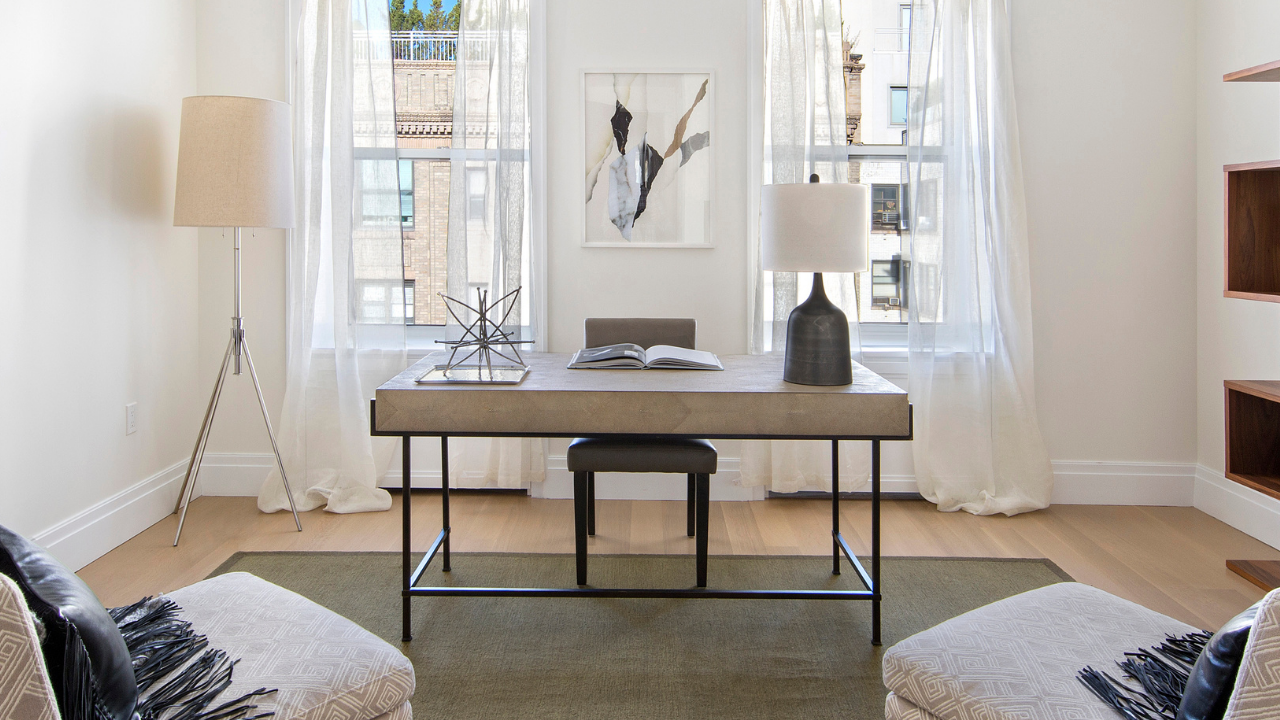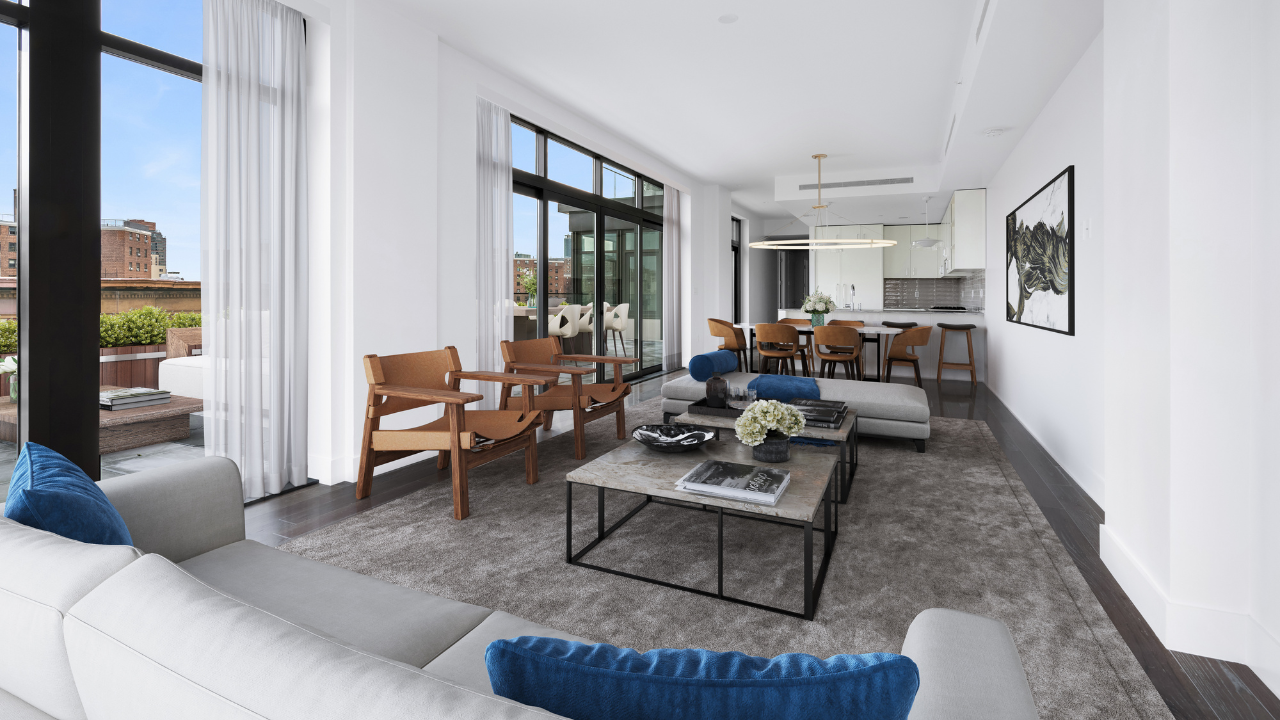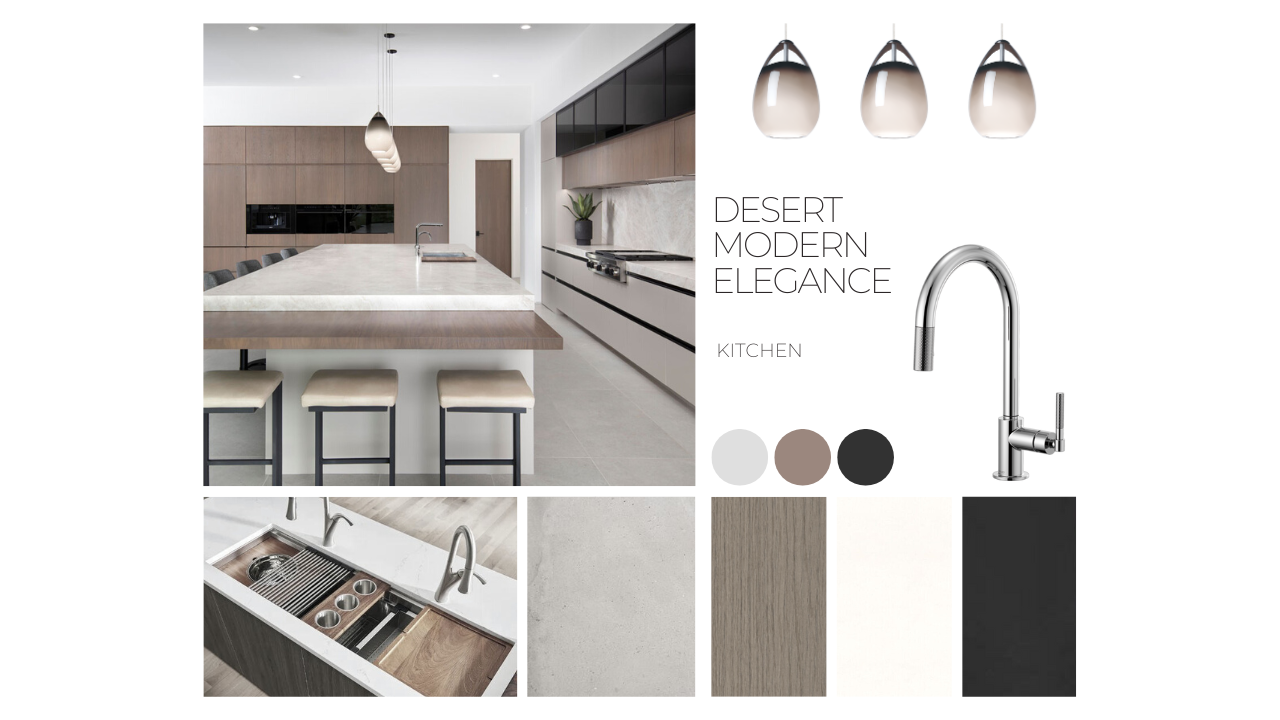
It's the beginning of the New Year and I'm sure you've set a few goals.
And because you're into design I know you're going love this often missing component of goal setting.
What if failing to reach your goals isn't necessarily about lack of motivation, willpower, effort or hard work?
Yes, those factors matter, but what's interesting is if you examine how human behavior has been shaped over time, you'll discover they are often overvalued.
In many cases guess what matters even more?
Your environment.
Your environment has a huge impact on the person you are being and becoming. That means being intentional about changing your home environment when you set new goals is crucial to your success.
So, while I'm not a goal setting expert, I can help you strategize for achieving your goals with the help of design and styling.
When you have a goal, achieving it means breaking it down into daily habits. Over time those habits stack and move the needle toward your goal.
The environment where you live or work makes it easier, or harder, to stick to those habits day in and day out.
Think about it. If you see a plate of cookies on the counter, even if you hadn't planned on it, you'll likely grab one and eat it because it's there.
The plate of cookies being visible and convenient on the counter was a cue that triggered you to take one.
Every habit is initiated by a cue, and we are more likely to notice the cues that stand out.
To begin setting up your environment for success first think about where at home or work your habit is going to take place. Every goal needs physical space in your life.
Next, take time to organize the space for your basic needs of the habit. If you want to journal, do you have a notebook, pens and desk?
If you want to take a jog in the morning, do you have the right shoes and a playlist created for listing to music or podcasts?
After your basic needs are covered you're going to create cues that are as obvious and visible as possible that will trigger and prompt your habit.
When the cues that spark a habit are subtle or hidden, they are so much easier to ignore.
For example, if you're wanting to maintain a yoga practice having your mat stored in a closet makes the daily habit of getting on the mat easier to skip.
If you're wanting to eat more fruits and vegetables for a healthier diet, tucking them away in the back of the fridge makes them easier to ignore.
It’s easier not to drink more water to stay hydrated when you have to go into a cupboard and pour yourself a glass of water every time.
It’s easier not to read when your books are stored inside a drawer or put away on the shelf.
For this reason, redesigning your environment with great (obvious and visible) cues can be one of the most effective steps you can take to instill the habits that will ultimately get you to your goals.
Think of this process as process “environment design”, and I’ve experienced the power of this approach in my own life.
My goal was to take daily vitamins. I had the vitamins, but it was hit or miss on whether or not I would remember to take them in the morning. They were stored underneath my sink, I didn't really have the space for them and they were inconvenient to get out. The cue wasn't obvious or convenient.
One thing I definitely didn't forget in the morning, though, was coffee. I used environment design to organized a new vitamin space by getting a small basket, placing my vitamins inside and storing them in the same upper cabinet shelf as my coffee supplies.
Every time I went to make coffee I would see the basket – it became an obvious and visible cue to take my vitamins.
I made the commitment to myself that I couldn't have a sip of coffee until I took my vitamins.
This simple environment change was all it took for me to stick with the habit of taking my vitamins daily. And it was easy for me to follow the new behavior – no vitamins, no coffee.
To get your wheels turning, let's look at a few more ideas for ways you can use environment design to create cues to make your habits more obvious and support the success of your goals:
- If you're trying to learn a new language, leave flash cards on the table where you eat breakfast in the morning so you can flip through them as you eat.
- If your goal is to not check your phone first thing in the morning and spend that time meditating, put a post-it note over your phone the night before and don't take it off until you've done your meditation.
- If you want to listen to more books on tape, move the Audible app on your phone to the front page and everything else to subsequent pages
- If you want to drink more water, buy a larger water bottle with measurements you can carry around with you so you can track where your water intake is at throughout the day
In short we can say if you want to make a habit a big part of your life, you need to make the cue a big part of your environment.
Make sure the best choice is the most obvious one.
In the long-run (and often in the short-run), your willpower will not beat your environment, so alter the spaces where you live and work to increase your exposure to positive cues.
I hope you enjoyed this post. I would love to know one of your goals and what you’re going to do in your environment to support its success and make the daily habit that builds up to your goal easier on yourself.





